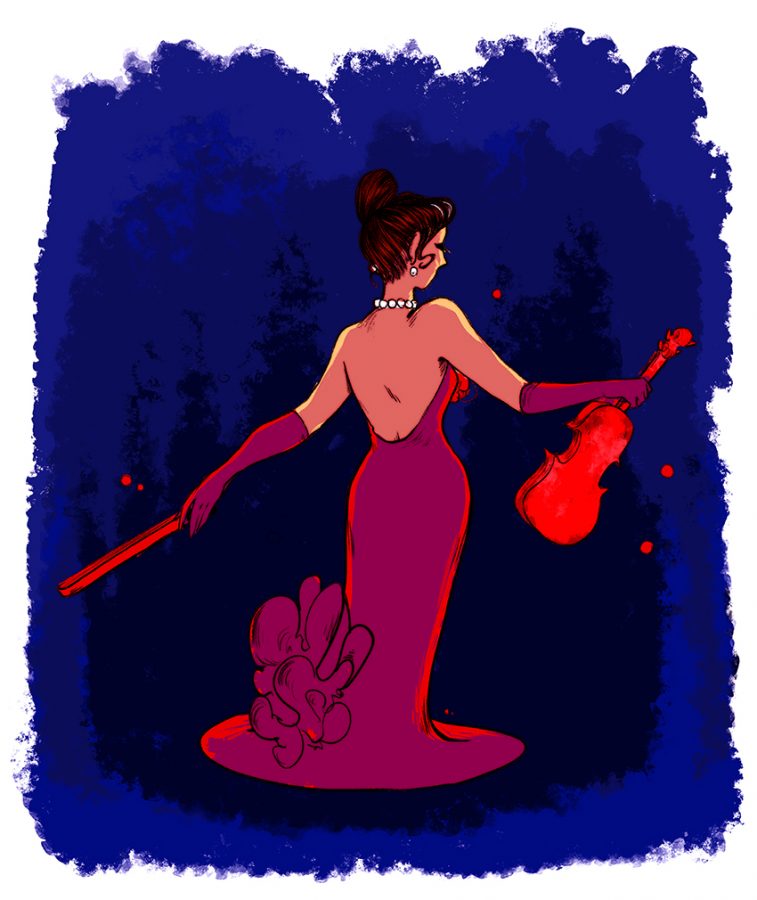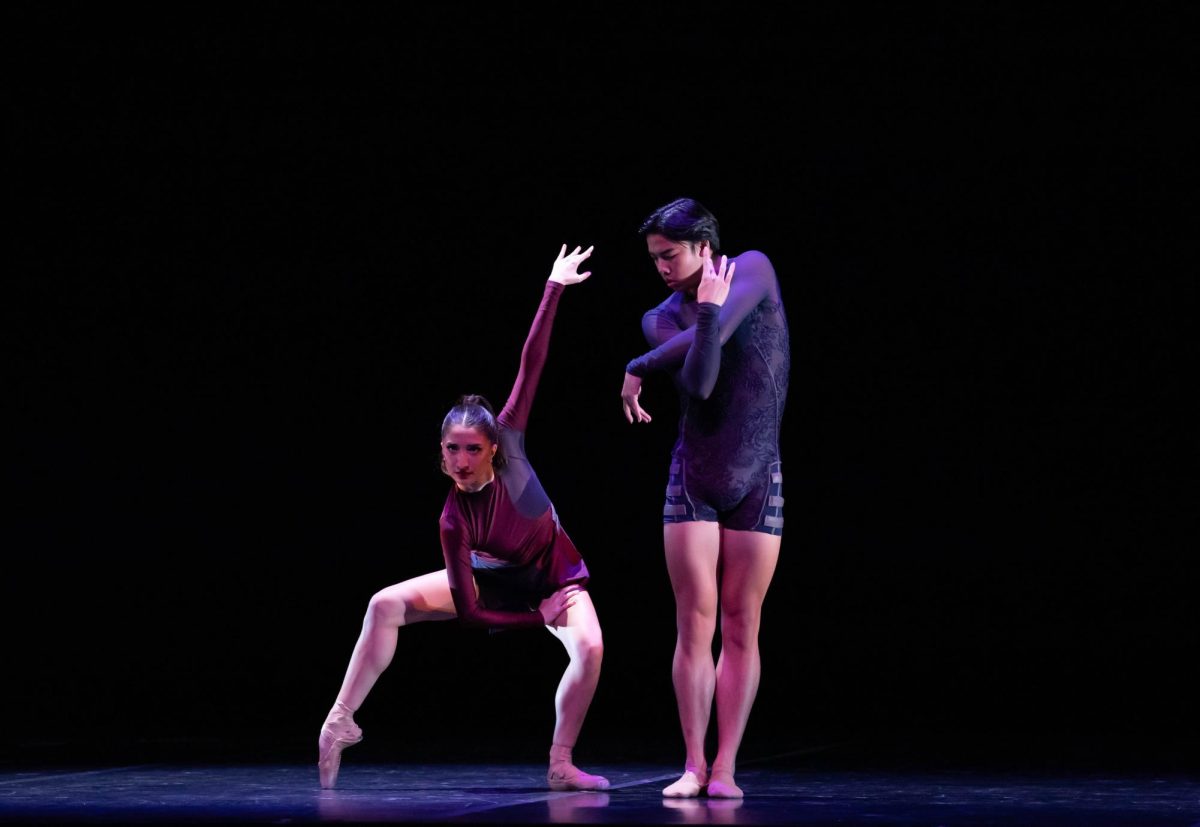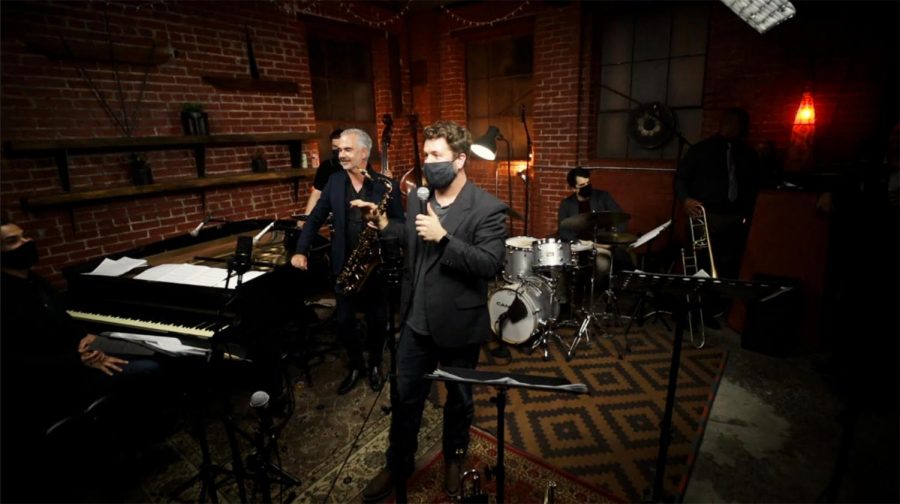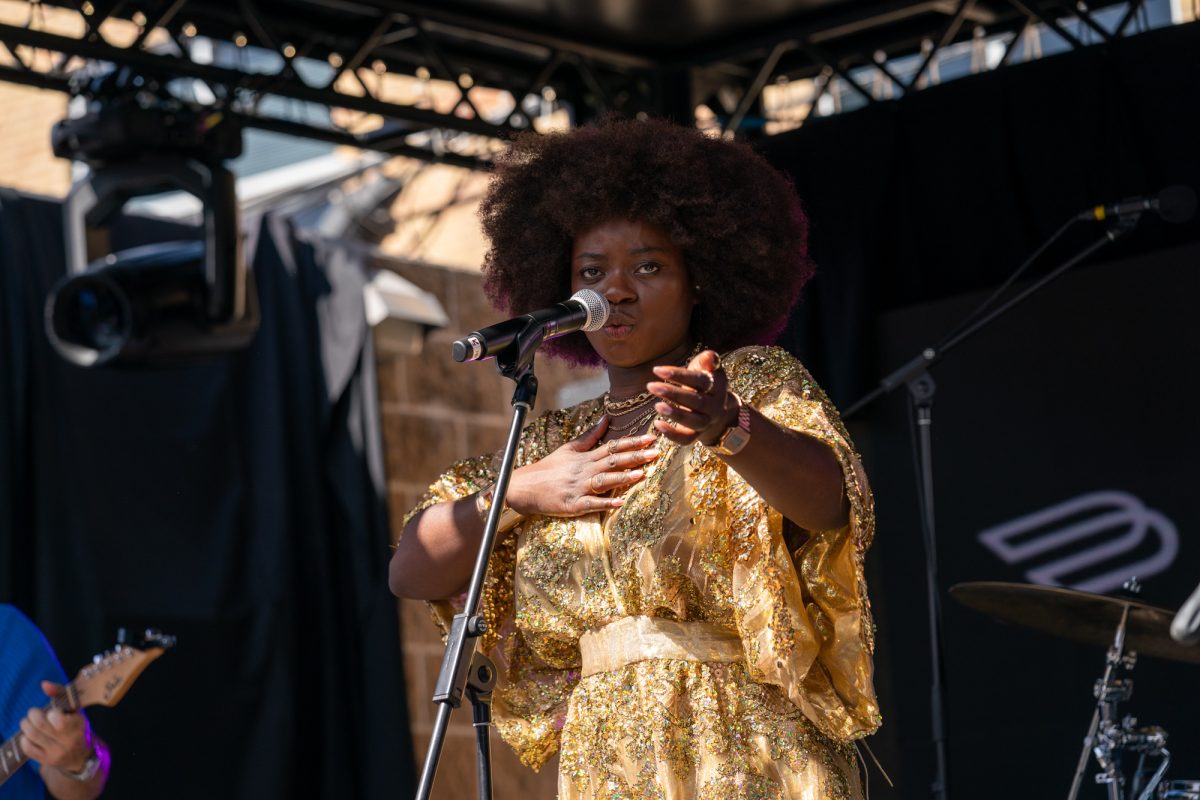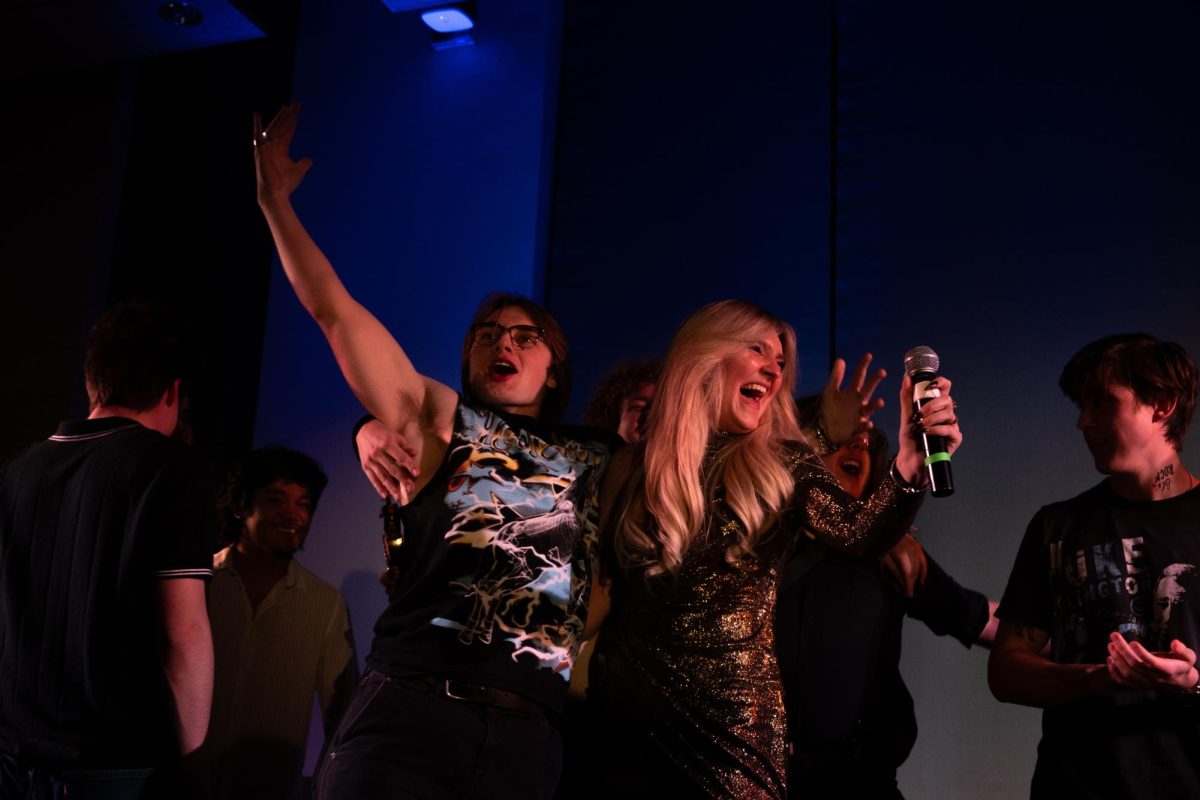A nearly 300-year-old burgundy-stained violin, once bought for $1.7 million and ubiquitously known as the “Red Violin,” is coming to Austin.
On Oct. 15, classical violinist Elizabeth Pitcairn will be performing with the 1720 Red Mendelssohn Stradivarius violin at the University’s Bates Recital Hall.
The famed instrument was acquired by Pitcairn when she was 16 years old.
“I received the violin as a gift from my grandfather,” Pitcairn said. “Of course, I was going to college soon afterwards, and my parents didn’t think the dorms were the safest place to keep it.”
Covertly kept from most of the population until decades later, the instrument inspired the film “The Red Violin,” which won an Academy Award for Best Original Music Score. Pitcairn is one of the few soloists who performs the “Red Violin Chaconne,” a composition from the movie.
“I love this piece because of the interesting chord progressions,” Pitcairn said.
The film spans four centuries, weaving together a story of a blood-stained violin’s numerous owners in its 200-year absence from society. While these owners of the violin — as well as the instrument’s famed bloody dye — are fictional, the true story behind the Stradivarius is compelling, nonetheless.
The missing violin was crafted in 1720. After two centuries it mysteriously resurfaced, first in a photo taken in Berlin in 1928, then acquired by a New York industrialist in 1945 and finally purchased for $1.7 million at a London auction in 1990.
Canadian cellist and music historian Murray Charters said the original buyer bolted from the room when his name was called at the auction. When chasing reporters asked where he was from, he shouted back, “Iran!”
“Thus, this fabled instrument was rumored to be in the hands of some oil baron in Tehran when (director Francois) Girard’s movie was being written, filmed and shown in theaters,” Charters said.
Although its true owner in its centuries-spanning absence remains a mystery, the instrument eventually ended up in the hands of violin virtuoso Pitcairn.
Pitcairn, whose family is composed of musicians and UT alumni, said she began playing the violin as young as three years old in her rural Pennsylvania home.
“I would watch as my mother would sometimes rehearse with her piano trio at house, and she told me I was just glued to the (violin),” Pitcairn said. “When they were done, I announced I wanted to play the violin.”
Pitcairn said she was particularly determined to be a violinist, although her mother expected her to follow in her footsteps as a cellist.
“I had a recording of this violinist, and I remember listening to it and wishing it was me,” Pitcairn said. “I listened to it incessantly for more than a year every day — sometimes even twice in a day.”
Pitcairn later began soloing as young as age 8, and after she acquired the Stradivarius at 16, kept it a secret while she enhanced her skills at USC.
Even when she began to use the acclaimed instrument, its true importance was kept hidden until she began to receive accolades and establish herself. She later debuted the red violin at the Lincoln Center in 2003, to the astonishment of many.
Undeclared freshman Maria Yasir said her mother had attended the concert and had a fascination with the instrument.
“I had just begun to play the violin,” Yasir said. “I couldn’t have known the magnitude of it at the time — I was too young. Now, I wish I could have seen it.”

